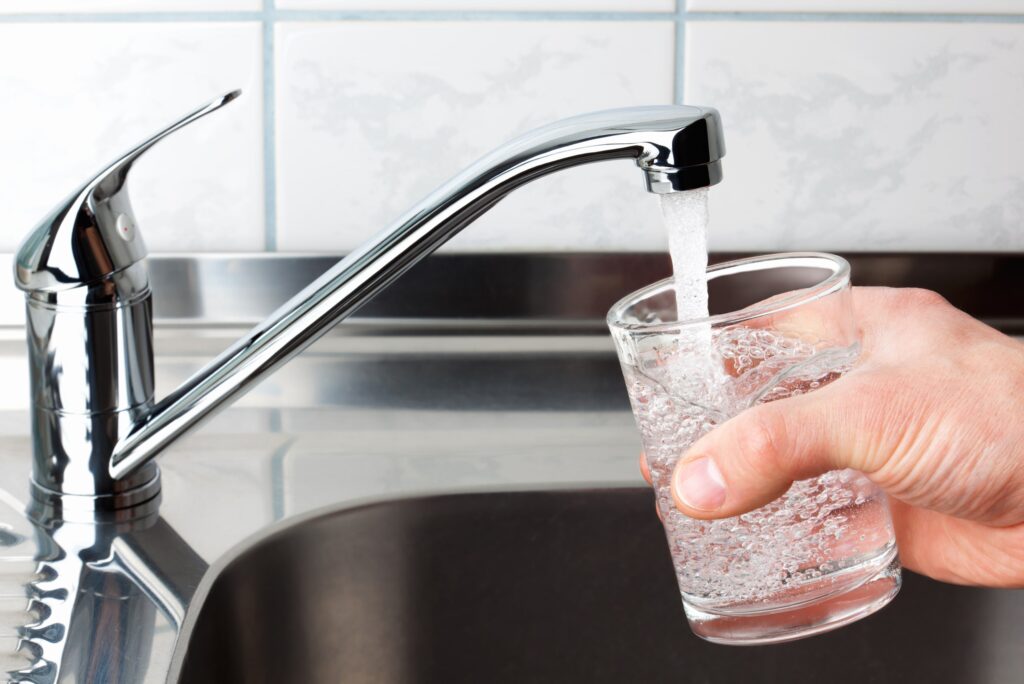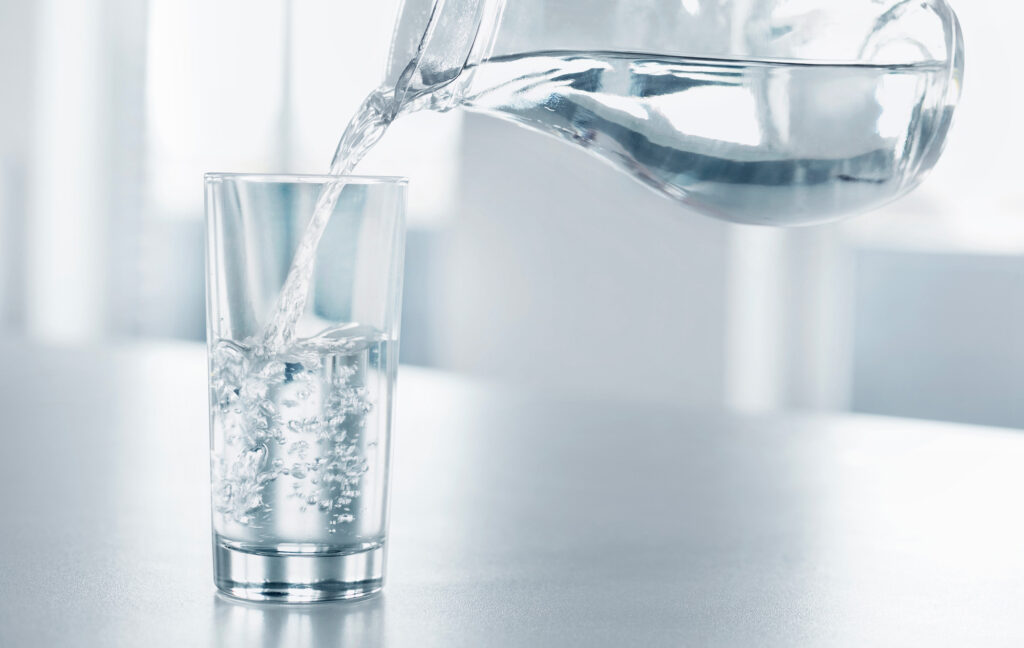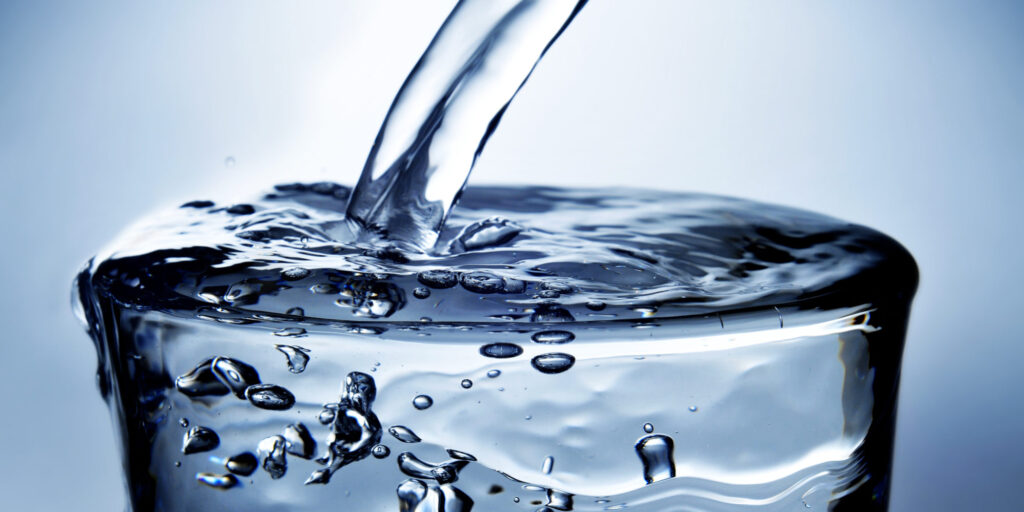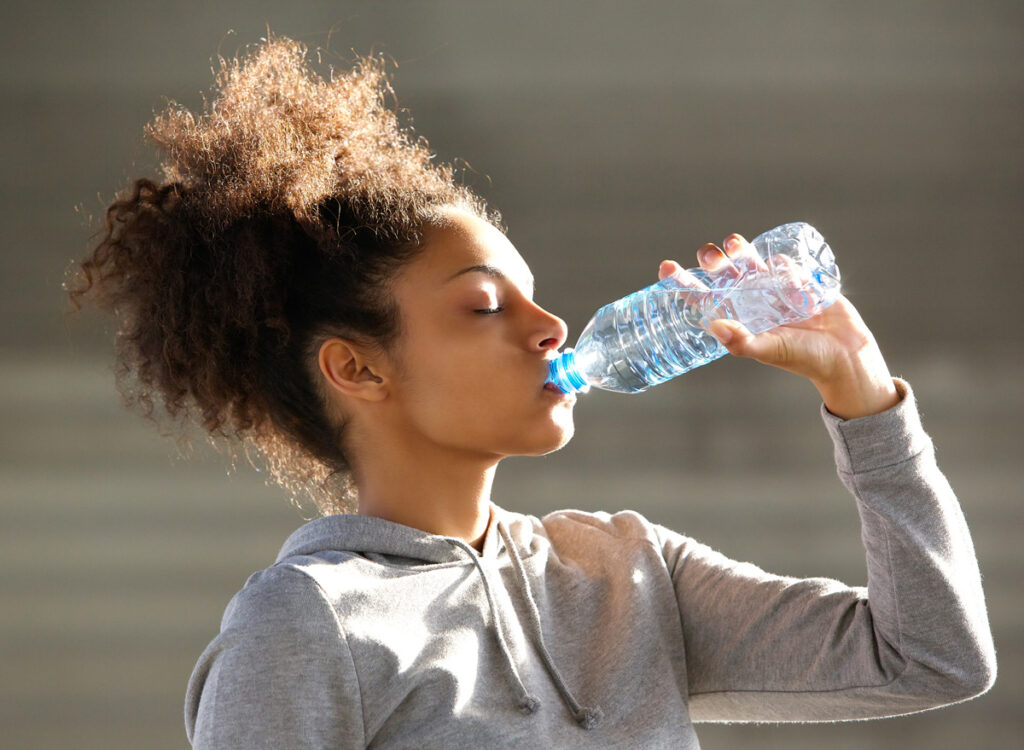Are you looking for an ideal water purification system to get clean and safe drinking water? Get access to an advanced purification solution that will offer you unparalleled taste and health safety while you sip your glass of water and your list of favorite beverages. If you plan to use purified water to make healthy ice and beverages at home, Gpfilter.com is your best pick.
Not all purified drinking water claiming high filtration is safe to drink. While both purification and filtration share a common viewpoint, there are notable differences. All the common water sources that you see modern levels of filtration. While it also depends if the water in use comes from the tap, bottled packing, or authentic purified water. Leaving aside the fuss of identifying pure water, you only need to focus on the 101 of water filtration techniques. After that, picking out the common differences among them won’t be a big deal.
Tap Water – The Common source of Drinking Water

The water coming from your tap is the common source of drinking water in use. You need not worry as the public water system is EPA compliant. For those who don’t know, EPA is the governing body that sets essential guidelines for drinking water. Usually, we’ve more than 90 contaminants present in our drinking water. Also, it’s not essential to get rid of all of these impurities to make it drinkable. The EPA limit guides us and gives a precise amount of what is safe to drink and whatnot.
Protip: Yes, we agree, the tap water we drink often contains high-risk chemicals like lead, arsenic, and copper. We often see animal poop present in the water we see. Yuck, we know. But it’s completely fine to drink if taken in a small amount. Transfer the water into a fancy bottle and label it. You are good to start selling it anywhere you want.
Filtered Water

Any package of filtered water that you buy at a hypermart is FDA compliant too. However, you can’t trust every other water source as your water often comes from the tap. It even takes underground sources of water to market it under the garb of fully treated water. But not all filtered waters are the same. Your filtered water may have come directly from the tap water source. At times, it also comes from the underground sources that are popularly marketed under the grab of spring water.
Whatever be the source of water, they all undergo one or the other water cleaning process. Carbon filters are in wide use as they come in handy to wipe out chlorine content from the water. It surely adds a pinch of taste and makes your water drinkable. You may find pro manufacturers out there, who use micron filters to pull out any extra amount of contaminants and microbes. Not sure if they all do it. So, the only way to know if you have a clean bottle of water to drink is by reading the label of the water bottle. You can even call the Toll Free no. given on the label and check out the safety standards adopted by the water bottle manufacturer.
Protip: Filtered water is healthy to drink and may taste better for some consumers. All thanks to the chlorine removal from the unfiltered water. But it’s not 100% pure, for sure. Choose the bottled water that has undergone hard rigorous steps of purification.
Purified Water

As per EPA.gov, water must be treated to meet the U.S. Pharmacopeia description of purified water. In simple terms, water is considered to be purified only when it has been through a fixed set of modern water purification guidelines. That essentially means, your pure water is free of dangerous pollutants and high-risk chemicals. If it’s free of all microbes, not certainly.
Here is the common layer of dirt that is mostly found during the purification process.
- Algae
- Pathogens
- Parasites
- Molds
- Hard metals namely, lead and arsenic
- Unwanted pollutants
Be it distillation, the process of reverse osmosis, or deionization – the best purification system makes use of all of it. The only disadvantage here is, it may lose healthy elements like fluoride and calcium.
Are you aware of the water cleaning methods that can promise a pleasant water taste for you? Here we go.
Coagulation and flocculation
The simple mix of positively charged elements with the negative ones present in the water fastens the removal of unwanted particles. This gives rise to a bunch of large-sized particles.
Sedimentation
The larger-sized particles, known as floc settle down at the base of the vessel isolating the clean water from it.
Filtration
The clean water at the apex is then processed under consequent layers of sand, gravel, and charcoal to get purely filtered water. It is a great way to extract dirt, pathogens, and chemicals.
Disinfection
Disinfection is the process of adding chemical disinfectants like chlorine to the water to kill any pathogens or microbes, whatsoever is left in the water until now.
P.S. The methods of water filtration may vary as per the region and water quality.
Protip: Make sure that your water must not contain over 10 parts per million of dissolved solids. If the water you carry will contain any traces of pollutants depends on the filtration system it underwent.
Often, water is added with extra minerals and microbes to make the water more healthy.
Experience the Purified Difference

Hydration is a common concern for everyone. That tells us everyone wants a reliable source of drinkable water. You may see impurities cropping up possibly from your water source. So, choose the water that testifies its tall claims of advanced purification. Check out the bottled-water section the next time you visit your local supermarket. You will find a range of filtered and purified water, carbonated or seltzer water, and even common drinking water at times. Just a last thought – Here we go!
Knowing the speck of differences among the distinct levels of purified and filtered water can be handy. It will help you make a smart choice for the next time you go out to buy your drinkable water. We hope it’s clear what kind of water you should go for when buying outside. Hurry up now.
